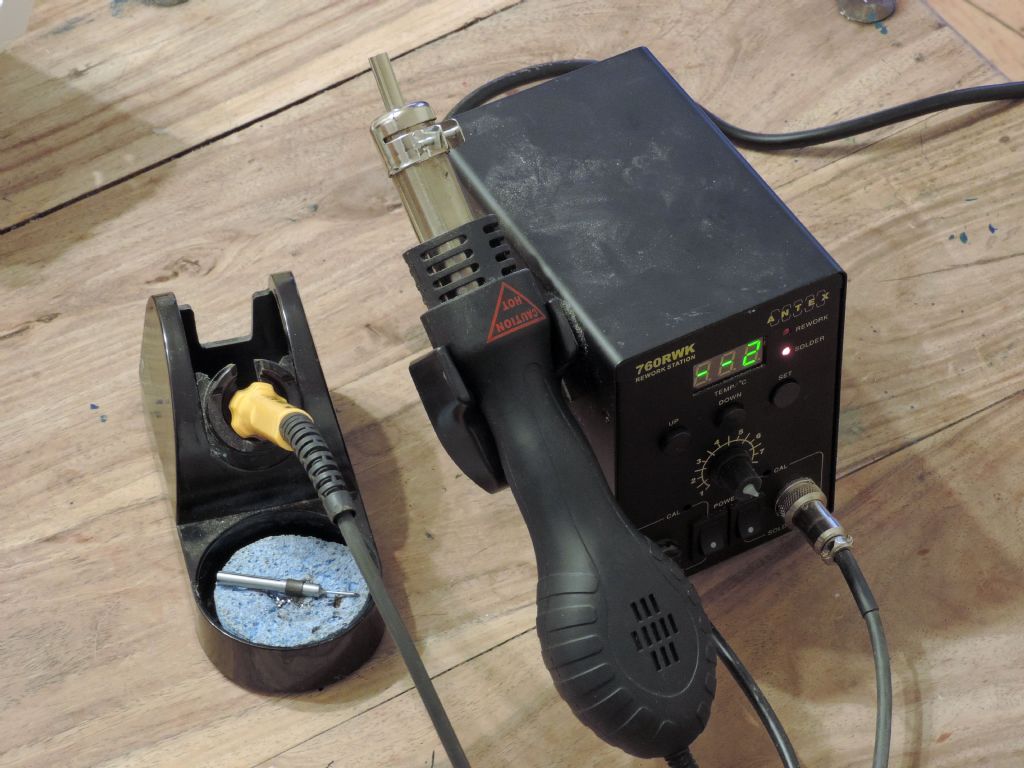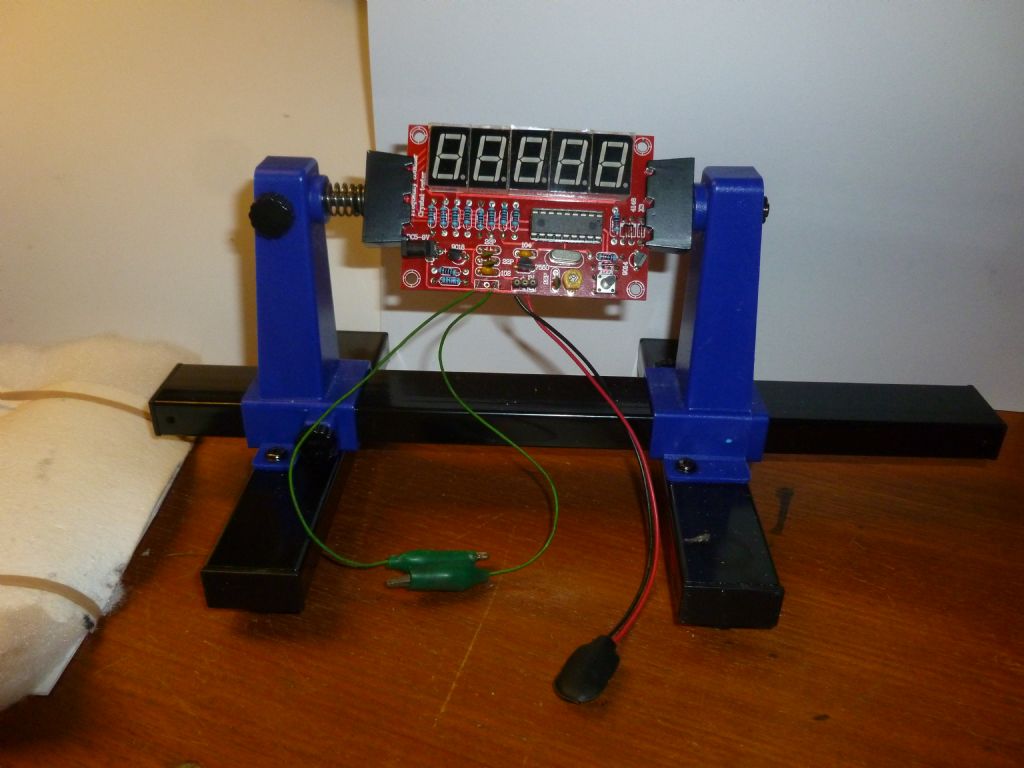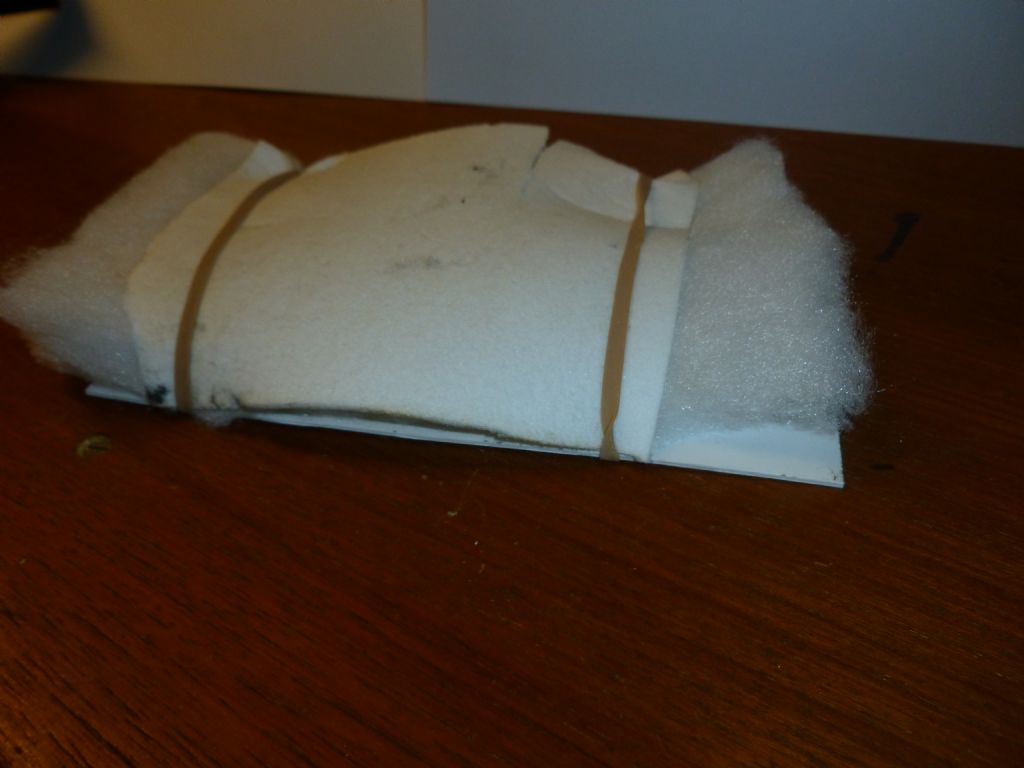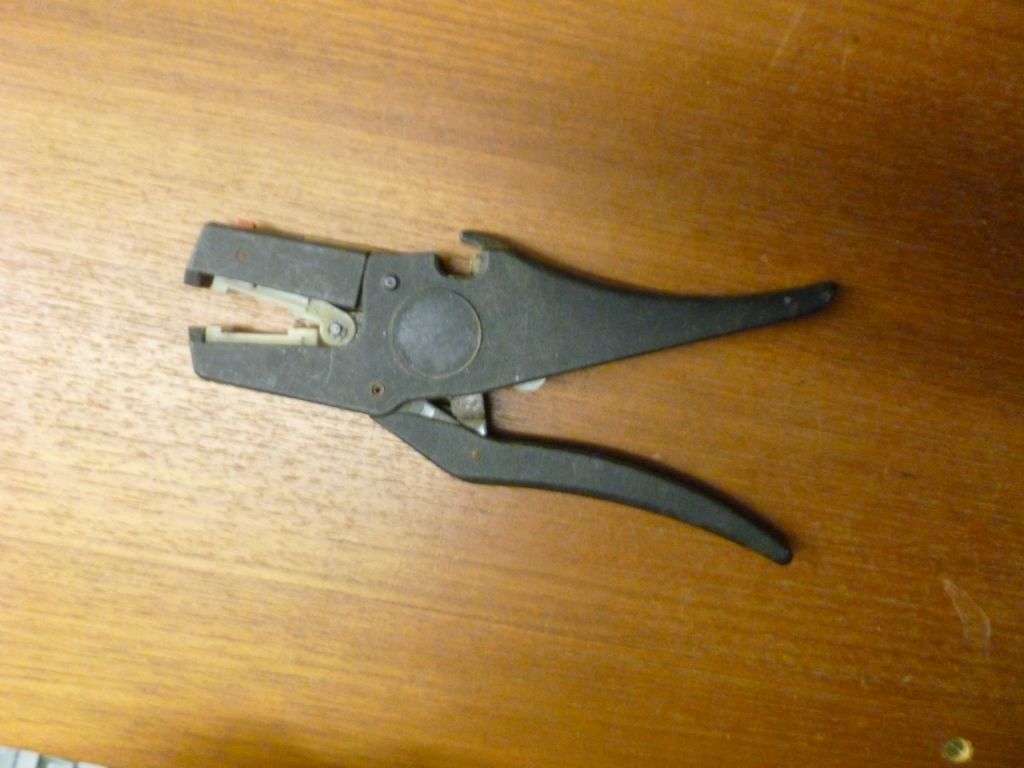Posted by StephenS on 18/01/2018 22:15:57:
Posted by Danny M2Z on 18/01/2018 10:53:05:
The Weller type soldering guns were banned from my workplace due to the ESD (electrostatic discharge) capability to damage sensitive CMOS devices,as also was solder wicking braid (it could damage pcb tracks).
Given all that, they are quite adequate for home handyman use if used with care.
Danny,
I presume you are referring to the soldering guns where the wire tip is part of a transformer secondary, or are you meaning the Weller magnastat irons that use the Curie point principle for temperature control ?
Stephen, I am not sure what type of switching was used for the Weller soldering guns that we were prohibited from using, it was quite a few years ago. All I remember is that they had a pistol grip ,and offered 'instant heat'. I also do not remember any type of thermostatic control except the operator's trigger finger.
They were quite handy for soldering up fuel tanks for my models though!
My Aussie Royel soldering station came with grounding sockets so that a ground clip may be attached to sensitive devices and I can see no reason that any tool cannot be connected to ground with a flying lead from there to the ground track of the pcb being worked on.
Oh yeah, for Neil's list add 'Thermal Shunts'
* Danny M *
Martin 100.











